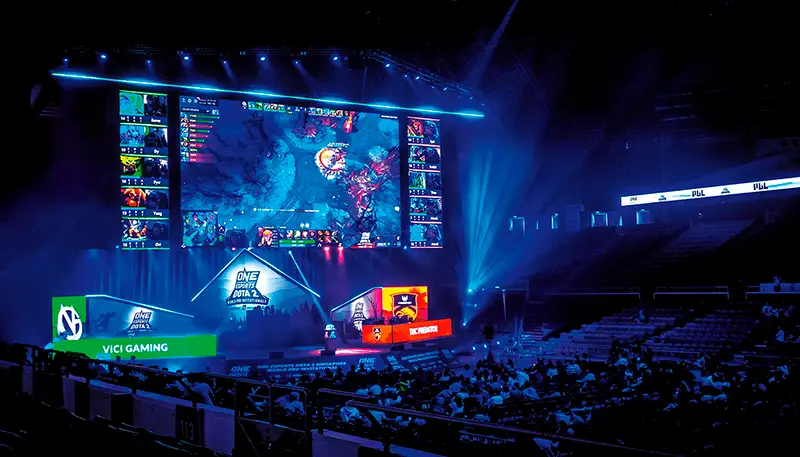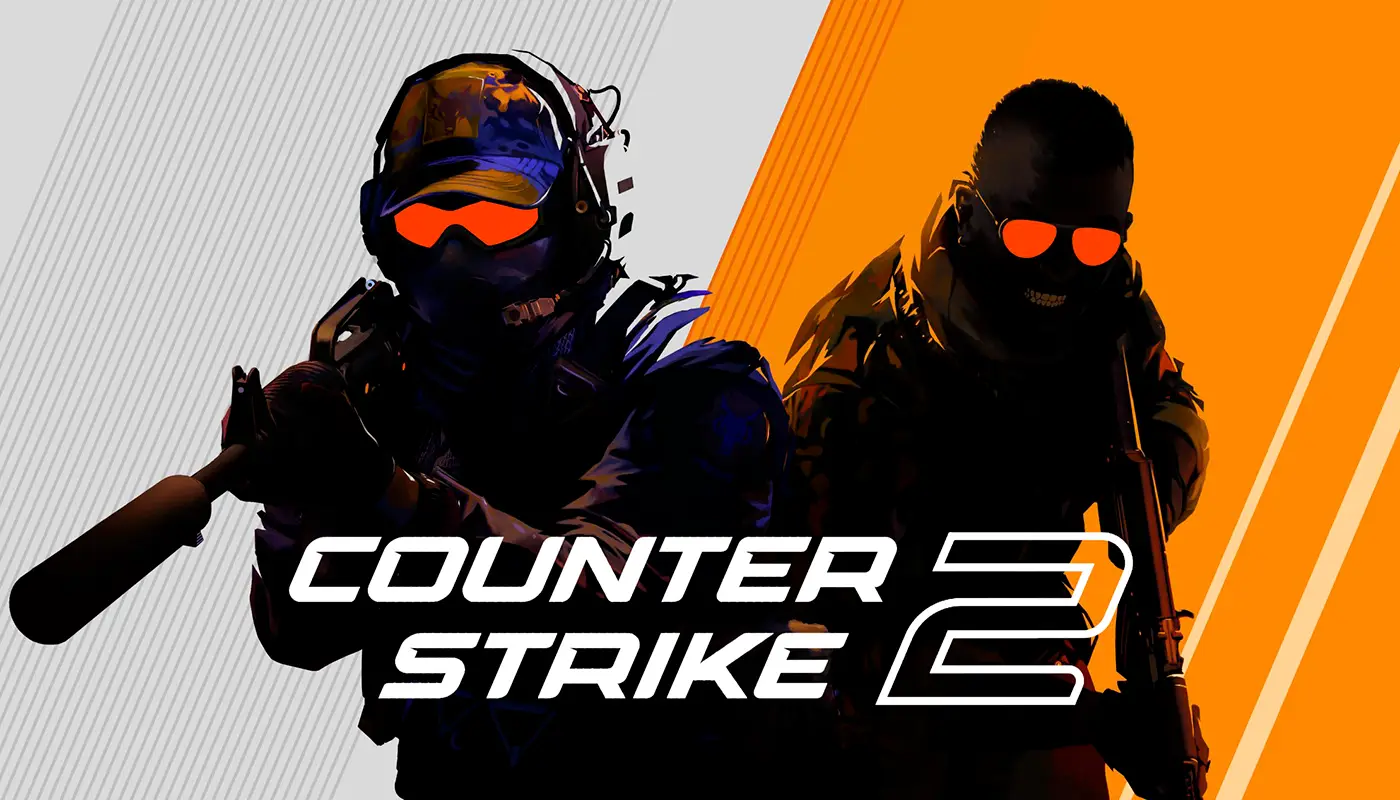Cyber sporting events have long since turned the screens into full-fledged arenas with millions of viewers, their own legends and multi-million dollar turnovers. The International finals on Dota 2 are already surpassing the Olympics in terms of the number of live views. The betting world reacted immediately. Today, the peculiarities of betting on cybersports form a separate ecosystem – dynamic, aggressive and with a high rate of decision-making.
Cyber vs. classic: who is one step ahead?
The intricacies of playing for outcomes in digital disciplines rely on the unconventional nature of the games themselves. Each match is a living organism, affected by patches, drafts, and game updates. Even the sudden banning of a favourite character can bring down a team’s entire strategy.
Relevance is a key factor. Odds change literally before your eyes, especially in live betting. The bettor reacts not to emotions, but to events in real time. Early rush, non-standard spades or risky rotation on the card – everything affects the outcome.
Types of betting: beyond the usual
Cybersport is disrupting classic betting patterns. Popular betting types go beyond the banal “win-loss”. Flexible prediction mechanics adapted to the game specifics are used.

Types of betting in cyber sports and their peculiarities:
- Decision in favour of the favourite or tournament – the basis of betting, often used at major events such as World Electronic Sports Games or The International.
- Forehand and Total – applied to the number of cards, rounds or kills. In CS:GO, betting on total kills per match is popular.
- Live betting – tracking the battle in real time with instant reaction to drafts, picks and bans. Here the peculiarities of betting on cybersports are most acute.
- Special – on the first kill, the first destroyed barracks, the duration of the match or victory with megacreeps. The format is extremely popular in Dota 2.
Cyber sports bookmakers are adding categories: betting on the first ultimates, card side selection and pistol outcome.
Disciplines where not only teams win
 Discipline selection is the foundation of strategy. Not every game is suitable for thoughtful betting. Prediction requires knowledge of mechanics, meta, and patches.
Discipline selection is the foundation of strategy. Not every game is suitable for thoughtful betting. Prediction requires knowledge of mechanics, meta, and patches.
Dota 2
The main platform is The International. Here the peculiarities of betting on cybersport are dictated by the meta. One patch changes the whole logic: suddenly actual heroes, revised map control mechanics, non-standard picks. Example: in TI11, a bet on Team Spirit vs PSG.LGD brought x3 in the final, thanks to a reevaluation of the odds after the 7.31 patch change.
CS:GO
A timeless classic. It is important to take into account the players’ individual form and tactical decisions. Cybersport betting in this discipline involves map analysis, team economics and attacking styles. World Electronic Sports Games regularly throws up unexpected upsets and live dramas.
Valorant, League of Legends, StarCraft II.
Supports turnover, but requires narrow expertise. In LoL, patches affect even more than in Dota 2. One reworked champion can destroy the balance – the example with rework Swain in patch 12.8 led to a series of defeats for favourites on MSI.
How to bet on cybersport and not drown in numbers
The result does not depend on chance. The bettor studies statistics, watches streams, tracks changes in patches. Odds are not only numbers, but also a reflection of trends, popularity of teams, internal problems.
In CS:GO matches, the confrontation between G2 and Natus Vincere demonstrates how roster instability and draft picks change the odds an hour before kick-off. Cybersports betting is based on daily monitoring of lineups, sudden substitutions and the internal atmosphere in teams.
Features and tips for betting on cyber sports
Accurate predictions for cyber sports matches are not based on intuition, but on precise calculations. Practice shows that attention to detail decides the outcome more often than a big name of the team. Here are the key principles that work on the course:
- Keep an eye out for patches. Every update is a potential shift in the balance of power. New mechanics – new favourites.
- Learn the draft. In Dota 2 and LoL, draft strategy determines 60% of the outcome.
- Play the discipline. Betting on CS:GO without knowing the difference between Mirage and Dust2 is like guessing the weather by smell.
- Avoid hype. Odds are often inflated by media favourites. Betting against the crowd is profitable.
- Analyse the prize pool. Tournaments with a low bankroll often provoke “draining” matches.
- Consider the schedule. A team playing three consecutive series reduces concentration.
Tournament calendar and prize pool
The peculiarities of betting on cybersports form a strategy based not only on the composition of the teams or the patch, but also on the status of the event. Championships with high prize pools force players to give their best. Example: The International 2021 – $40 million. The pressure on participants, the high pace of preparation, and the peak form of the teams are factors that influence the outcome.

League Two events, including regional competitions, are often accompanied by unpredictable outcomes. Key participants miss matches, play substitutes and the odds look overly generous. At the World Electronic Sports Games 2019, many top squads lost to little-known teams – the betting market was in disarray.
Live betting in such cases provides flexibility: the bettor reacts quickly to instability, gets a head start through observation. Traditional pre-match betting in such conditions becomes obsolete.
Features of betting platforms for betting on cybersports
Bookmakers oriented to sports in its classic sense are slowly introducing cybersports into their lines. Specialised platforms are creating their own algorithms, predictive models and live analytics tools.
The peculiarities of betting on cyber sports require from platforms a high speed of updating odds, a wide range of events and non-standard markets. The largest cyber sports BCs provide:
- support for more than 15 disciplines: from CS:GO to Clash Royale;
- advanced analytics with graphs of peaks, bans, purchasing efficiency;
- integration with live streams and maps;
- mobile push notifications of draft progress and in-game events.
Platforms with AI to calculate dynamic odds win: the player sees the match and gets instant signals for live betting.
Conclusion
 The features of cybersport betting are analytics, adaptability and understanding of the game context. The result is determined by preparation, not by chance. In CS:GO it’s economics, in Dota 2 it’s draft and meta, in LoL it’s speed and synchronicity. A successful player evaluates odds, follows patches and uses live tools.
The features of cybersport betting are analytics, adaptability and understanding of the game context. The result is determined by preparation, not by chance. In CS:GO it’s economics, in Dota 2 it’s draft and meta, in LoL it’s speed and synchronicity. A successful player evaluates odds, follows patches and uses live tools.
 en
en  ru
ru  de
de  ar
ar  es
es  nl
nl  hi
hi  fr
fr  it
it  pt
pt  el
el 












